Planning Your Diecast Car Display
Creating an impressive diecast car display is more than just putting your models on a shelf; it’s about crafting a presentation that showcases your collection and reflects your passion for these miniature vehicles. Careful planning is crucial. Consider the space you have available, the size of your collection, and the overall aesthetic you want to achieve. This guide will walk you through the essential steps to design and build a display that protects your valuable diecast cars while also making them a focal point in your home or office. The goal is not only to display your collection but also to protect it from damage and environmental factors that could diminish its value. A well-planned display will enhance your enjoyment of your collection for years to come.
Choosing the Right Display Case
The display case is the foundation of any successful diecast car display. It serves as a protective barrier against dust, UV light, and accidental damage, while also providing a stylish showcase for your models. The best choice for a display case depends on your budget, the number of cars you want to display, and the overall aesthetic you’re aiming for. Several types of display cases are available, each with its own advantages. Consider the size of your collection and the available space when selecting a case. The material, construction, and features of the display case will greatly influence the presentation and protection of your collection.
Acrylic Display Cases
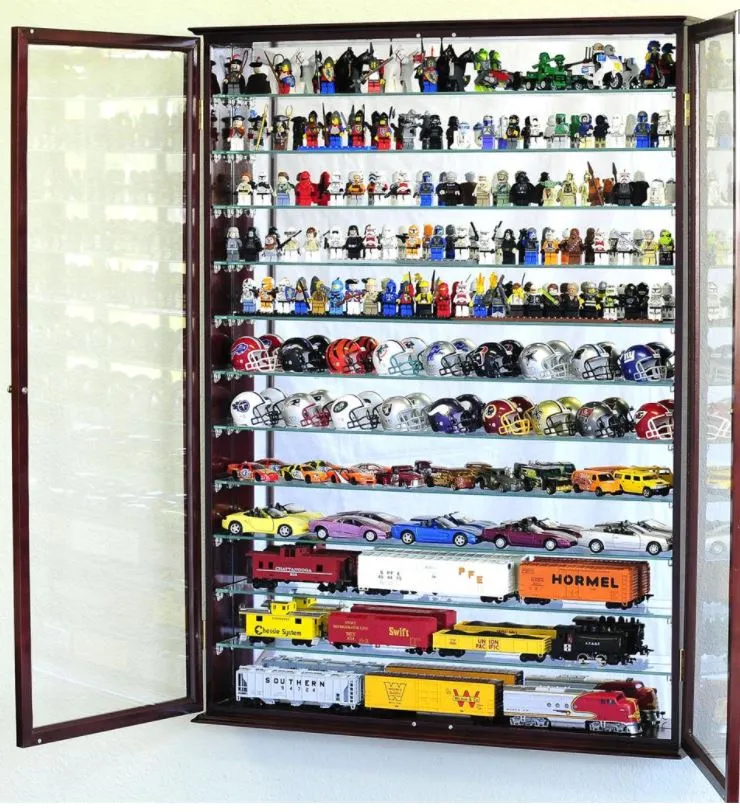
Acrylic display cases are a popular choice due to their clarity, lightweight construction, and affordability. They offer excellent visibility, allowing you to showcase your cars from all angles. Acrylic is also highly resistant to shattering, providing a safe environment for your models. These cases are available in various sizes and configurations, from individual car display stands to multi-tiered units that can accommodate a large collection. However, acrylic is susceptible to scratches, so handle with care when cleaning and positioning your models. Choose cases with UV protection to prevent sun damage. Remember to regularly clean acrylic cases with a soft cloth and appropriate cleaner to maintain their pristine appearance.
Glass Display Cases
Glass display cases offer a classic and elegant look, providing excellent visibility and a premium feel. Glass is highly durable and scratch-resistant, offering robust protection for your diecast cars. They often come with features such as built-in lighting and mirrored backs, which enhance the display and make your collection look even more impressive. Consider the weight of glass cases, especially if you plan to move them frequently. Ensure the glass is tempered for added safety and durability. The clean lines of glass cases make them suitable for a wide range of interior styles, from modern to traditional. Always wipe down glass surfaces with a suitable glass cleaner to keep them sparkling.
Wall-Mounted Display Cases
Wall-mounted display cases are an excellent option if you’re short on floor space. They can be a stylish and space-saving way to showcase your collection. These cases come in various sizes and designs, from individual shelves to larger units that can accommodate multiple cars. Wall-mounted cases offer flexibility in terms of placement, allowing you to create a display that complements your room’s layout. Proper installation is critical to ensure the case is secure and level, especially if displaying valuable models. Before mounting, check the wall material and use appropriate anchors and screws to support the weight of the case and the cars. Regularly dust the shelves to maintain their appearance and keep the collection clean.
Selecting the Right Display Location
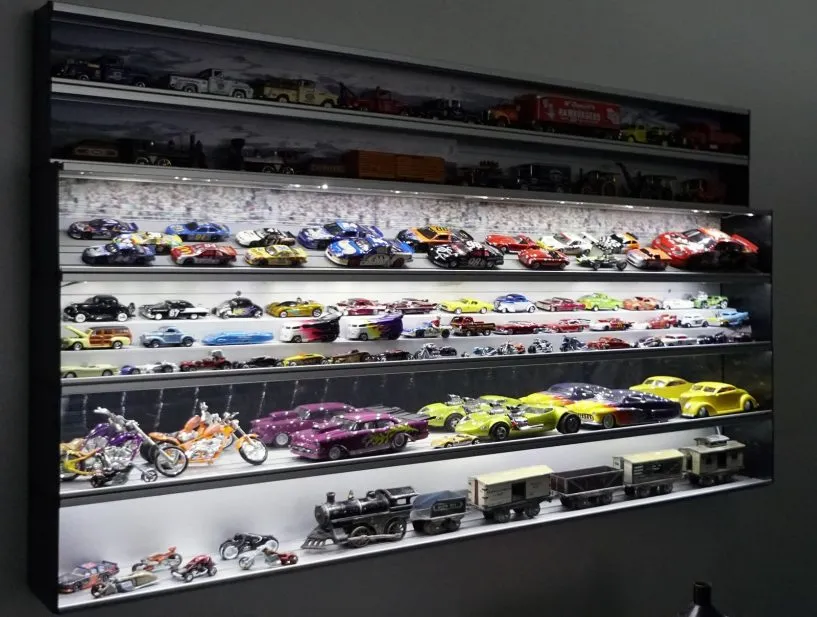
The location of your diecast car display is just as important as the display case itself. The right location will enhance the visual impact of your collection while protecting your models from potential damage. Consider factors such as lighting, temperature, humidity, and direct sunlight when choosing a spot for your display. Avoid areas with high foot traffic to minimize the risk of accidental bumps or collisions. The location you choose will have a significant impact on both the aesthetics and the long-term preservation of your diecast cars.
Lighting Considerations
Proper lighting can significantly enhance the visual appeal of your diecast car display. Use LED lighting for its energy efficiency and low heat emission, which helps protect the models from damage. Consider the color temperature of the lights. Warm white light creates a cozy atmosphere, while cool white light provides better clarity and detail. Strategically position lights to highlight the features of your models, such as their paintwork and intricate details. Incorporate spotlights or track lighting to direct light onto the cars and create a dramatic effect. Ensure that the lighting doesn’t cause glare or reflections that might obscure the view of the models. Regularly check and replace any burnt-out bulbs to maintain a consistent display.
Avoiding Direct Sunlight
Direct sunlight can cause significant damage to your diecast cars, leading to fading, discoloration, and degradation of the paint and materials. Choose a display location away from direct sunlight, such as a wall that doesn’t face a window or a room with limited natural light. If you have to place the display near a window, use UV-protective window film to filter harmful rays. Rotate the display periodically to ensure that all the cars receive equal exposure, minimizing the risk of uneven fading. Regularly inspect your cars for signs of sun damage, such as faded paint or brittle plastic. By taking these precautions, you can protect your collection from the damaging effects of sunlight and preserve its value for years to come.
Temperature and Humidity Control
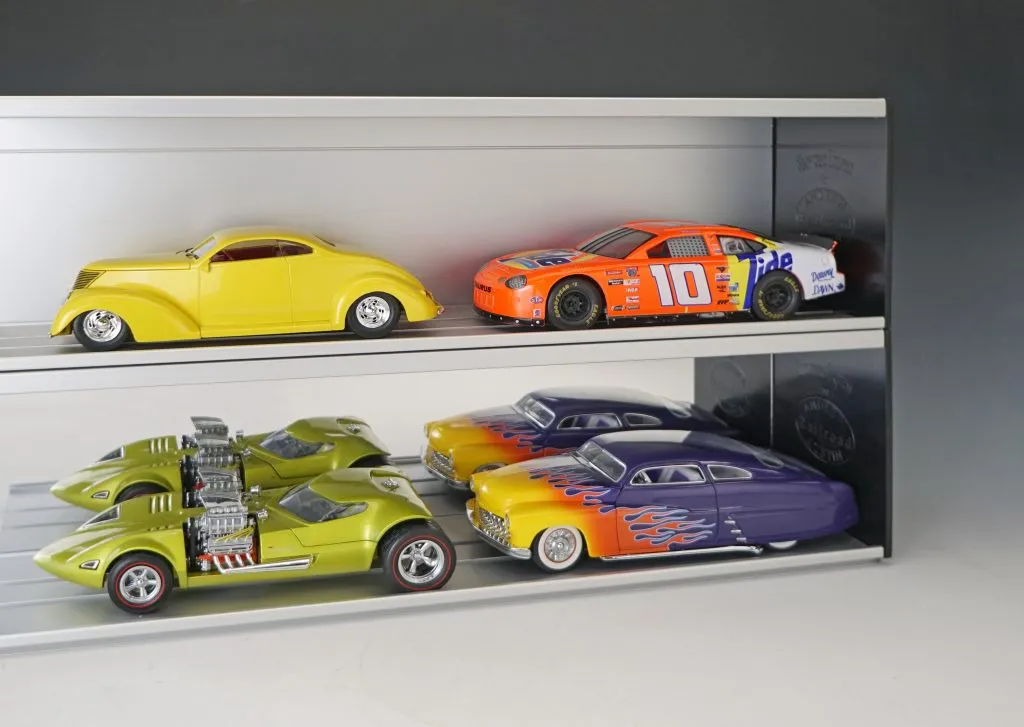
Extreme temperatures and humidity can also damage your diecast cars. High temperatures can warp plastic and cause the paint to blister. Low humidity can dry out tires and other rubber components, causing them to crack. Ideally, the display area should be kept at a stable temperature between 60-75°F (15-24°C) and a humidity level between 40-60%. Consider using a dehumidifier if you live in a humid climate. Avoid displaying your cars near heat sources, such as radiators or direct sunlight. Regularly monitor the temperature and humidity levels in the display area, adjusting as needed to maintain a stable environment. By controlling these factors, you can prevent damage and preserve the condition of your collection.
Arranging Your Diecast Cars
The arrangement of your diecast cars is a crucial part of creating an eye-catching and organized display. A well-planned arrangement will not only enhance the visual appeal of your collection but also make it easier to appreciate each model. There are many ways to arrange your cars, each with its own benefits. Consider how you want to showcase your collection and the overall theme you want to create. The key is to find an arrangement that is both visually appealing and reflects your personal collecting preferences. This part of the process is where you can truly express your individuality and creativity.
Categorization Strategies
Categorizing your diecast cars is a great way to organize your display and make it easier to browse. There are several popular categorization methods, each catering to different collecting styles. Choosing the right method will depend on your personal preferences and the size and nature of your collection. Experiment with different methods to find what works best for you and allows you to highlight the unique aspects of your collection. A well-organized display is more enjoyable and can also make it easier to appreciate the details and history of each model.
By Scale
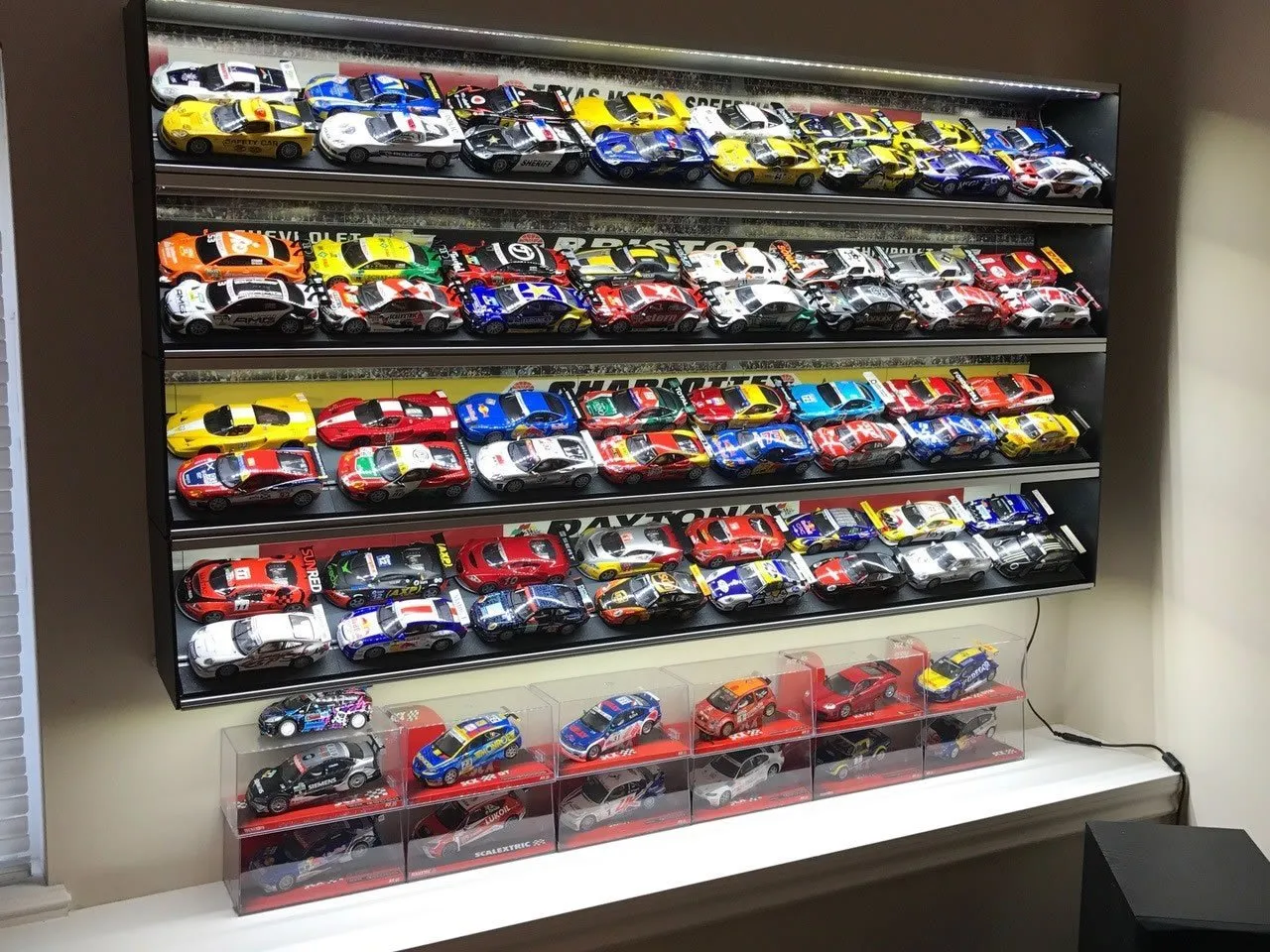
Arranging your cars by scale is a practical and visually appealing method, especially if you collect models in various scales. Grouping models by scale allows you to compare the sizes and details of different cars easily. Commonly used scales for diecast cars include 1 64, 1 43, and 1 18. Displaying them together creates a sense of order and uniformity. This method also helps collectors to easily identify and appreciate the details of the cars at each scale. Make sure that all cars within a section are the same scale to maintain the visual consistency of the display. This type of arrangement works great for those who appreciate the technical precision of each scale.
By Manufacturer
If you have a particular fondness for certain car brands, arranging your collection by manufacturer is a great way to show your enthusiasm. Grouping cars by manufacturer allows you to showcase your favorite brands and highlight their unique designs and features. This method also makes it easier to track your collection and identify gaps in your series. Display cars from Ferrari, Porsche, or Ford together, creating thematic sections that celebrate the history and innovation of each brand. This organization method also creates a narrative and allows you to emphasize brand loyalty and your appreciation for automotive history. It can also be a conversation starter with other collectors who share your passion.
By Era
Organizing your display by era is an excellent way to celebrate automotive history. Grouping cars by their production year or historical period allows you to create a timeline of automotive evolution. Displaying classic cars from the 1950s alongside more modern models from the 2000s can showcase the dramatic shifts in design and technology. This method helps you tell a story with your collection. It’s also a great way to show your appreciation for the different styles and innovations across automotive history. This approach is great for collectors who are interested in both the cars and the historical context of their favorite models.
Creating Visual Appeal
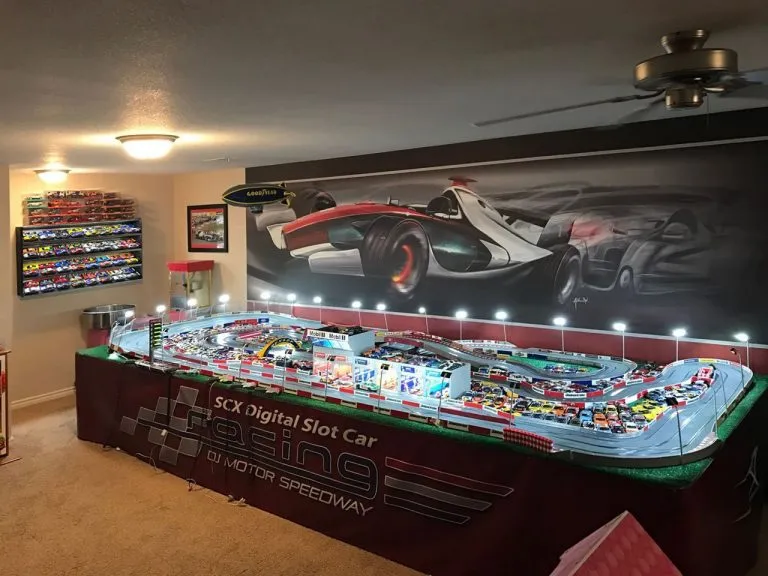
Beyond categorization, creating visual appeal involves several techniques to make your display more engaging and enjoyable. Consider the color balance, spacing, and overall aesthetic of your display. The way you present your collection can significantly impact how others perceive it, including collectors and guests. It’s essential to strike a balance between organization and creativity to create a display that is both informative and visually stunning. Try out different arrangements and experiment with various design elements to find the perfect combination for your collection.
Using Backgrounds and Dioramas
Adding backgrounds and dioramas can transform your display from a simple arrangement of models into a dynamic and immersive experience. Backgrounds and dioramas provide context and enhance the story of each model. You can use photographs, posters, or custom-built scenes to create realistic settings. Create a racetrack scene, a vintage garage, or a city street to complement your models. Dioramas add a layer of realism and allow you to create narratives within your display. Incorporate elements like miniature figures, trees, and other accessories to enhance the scene and add depth to your presentation. This level of detail can truly elevate your display.
Incorporating Accessories
Accessories can add personality and enhance the visual impact of your diecast car display. Consider adding miniature figures, tools, or signs to create a more dynamic and engaging scene. Place accessories around your cars to create a sense of scale and context. You can also incorporate memorabilia such as car magazines, brochures, or even scale model car parts to enhance the display. Carefully selected accessories can tie the whole presentation together. Ensure the accessories are compatible with the theme and style of your collection. Use accessories to tell a story and make your display more interesting.
Maintenance and Care

Proper maintenance and care are essential to preserving the value and appearance of your diecast car collection. Regular cleaning, protection from environmental factors, and careful handling will ensure that your models remain in pristine condition for years to come. Take a proactive approach to maintenance to protect your investment. This not only protects your cars but also adds to the overall enjoyment of your hobby. The efforts you put into maintenance will be reflected in the condition and longevity of your collection.
Dusting and Cleaning
Dust is the enemy of any diecast car collection. Regular dusting and cleaning are necessary to prevent dust accumulation and maintain the shine and detail of your models. Use a soft brush, microfiber cloth, or compressed air to remove dust gently. Avoid using harsh chemicals or abrasive materials that can damage the paint or other delicate features. Clean glass display cases regularly to maintain clear visibility. Before cleaning, carefully inspect your models for any loose parts or delicate details that could be damaged. Dusting and cleaning should be a regular part of your routine, ideally once a month or more frequently in areas with high dust levels.
Protecting from UV Exposure
As mentioned, UV light can cause fading, discoloration, and damage to your models. Even indirect sunlight can be harmful over time. Protect your collection by placing it away from direct sunlight or using UV-protective window film. Consider rotating the display periodically to ensure that all models receive equal exposure and to prevent uneven fading. Regularly inspect your models for any signs of sun damage. Taking these precautions can greatly extend the lifespan of your collection and preserve its value.
Preserving Value
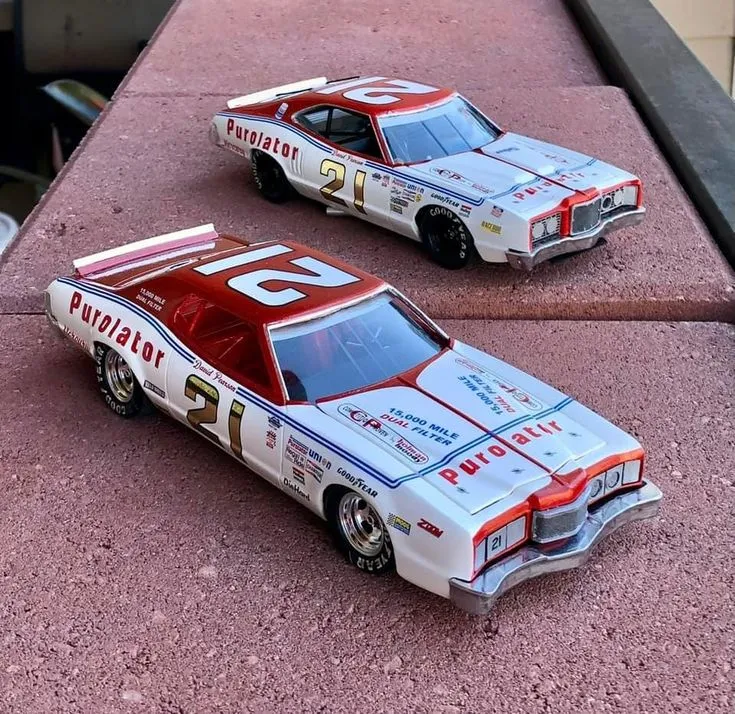
By following the guidelines outlined in this guide, you can preserve the value of your diecast car collection. Proper display, maintenance, and care are essential to maintaining the condition of your models. Consider storing your cars in a safe, climate-controlled environment if you are not displaying them. Keep original packaging and documentation if possible, as they can add to the value of your models. By taking these precautions, you are not only protecting your investment but also ensuring that you can enjoy your collection for years to come. The care and attention you give your models are directly related to their long-term preservation and the enjoyment you get from them.
